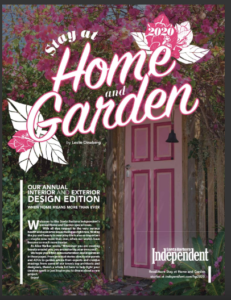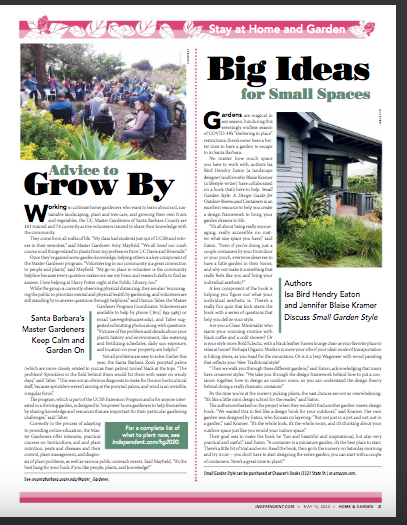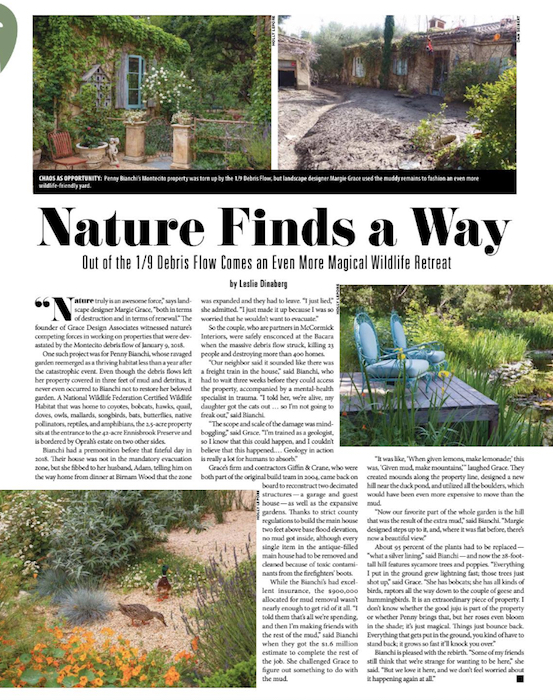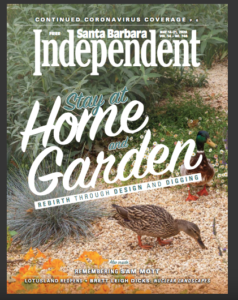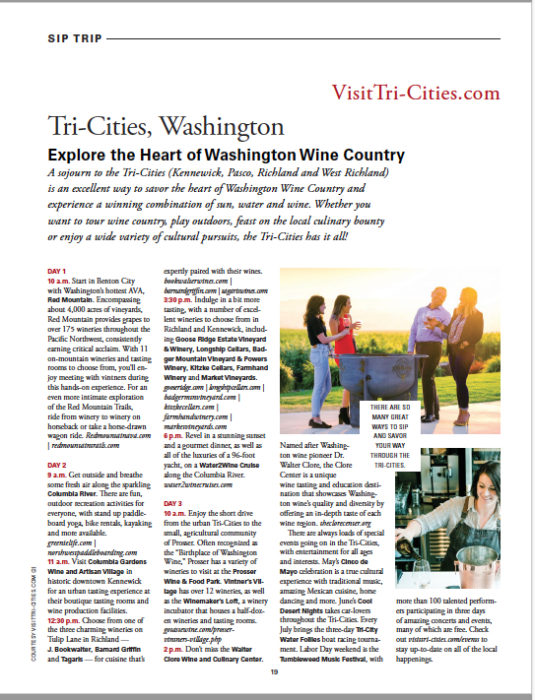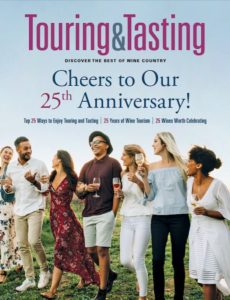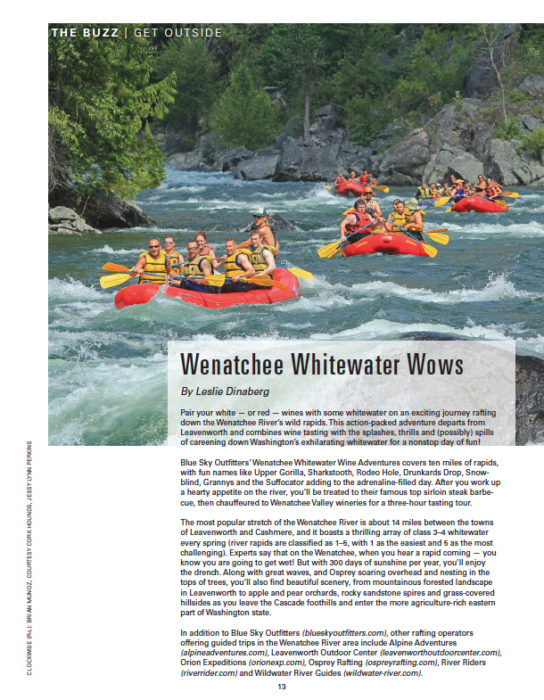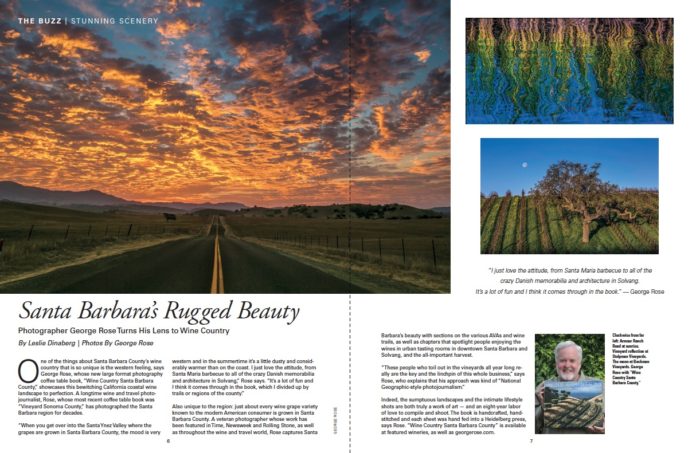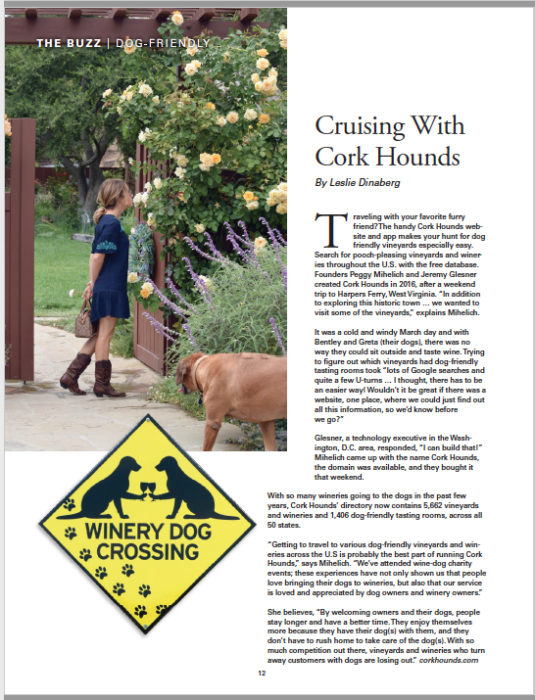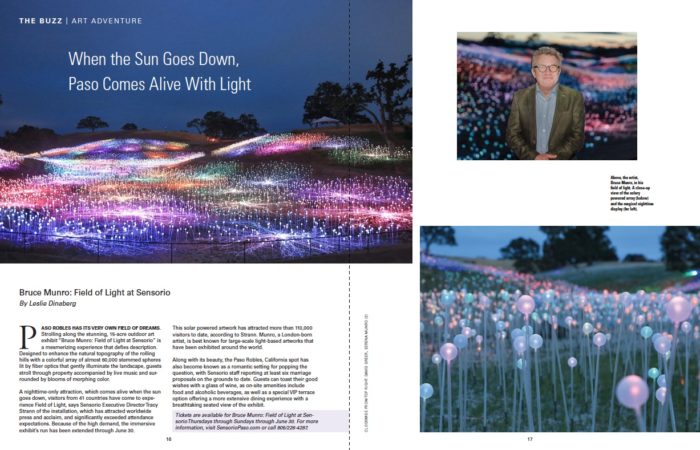
UC Master Gardener Program Suggests What to Plant and When in Santa Barbara, originally published in Santa Barbara Independent in May 2020.
UC Master Gardener Program Suggests What to Plant and When in Santa Barbara
Spring has sprung, and with social distancing restrictions in place, most of us have a lot more time to putter in the garden. Here are some guidelines on what to plant when from the UC Master Gardener Program, with an emphasis on edibles to help avoid extra trips to the market.
May
Almost any warm-season edible can be planted now, with the exception of peas and lettuce. Plant seeds or starts of beans, corn, cucumbers, eggplant, melon, peppers, tomatoes, and squash. Basil plants can go in now, as well as just about any other kind of herb, such as lavender, marjoram, rosemary and thyme, all of which originate in southern France, so they thrive in Santa Barbara’s similar climate. Avocado, banana, cherimoya, mango, and strawberry guava trees can be planted now, and spring (through May) is also a great time to plant citrus.
June
If this month offers our typical “June gloom” weather, these gray, often overcast days allow gardeners to make a last planting of warm-season crops. This includes transplants of cucumber, eggplant, pepper, and tomatoes, as well as seeds of beans, beets, carrots, summer squash, and zucchini. Herbs such as basil, chervil, chives, marjoram, oregano, parsley, rosemary, sage, and tarragon also grow well.
July/August
You can still plant beans (for drying) and corn; also tomatoes (especially dwarf varieties), eggplant, peppers, chard, cucumbers, green onions, kale, and summer and winter squash. Tip: Transplant in the late afternoon or early evening, water well, and mulch around plants. Provide temporary shade as needed from the harsh midday sun. From late July into August, sow seeds of carrots and cole crops (broccoli, cabbage, cauliflower). Keep soil moist and shaded until seedlings emerge; gradually increase sun exposure over a week. It’s also a good time to plant basil, dill, summer savory, and heat-loving Mediterranean natives such as lavender and rosemary. Plant kumquat, lemon, lime, orange, avocado, cherimoya, and mango (depending on where you live; mangoes love heat and don’t like fog).
Harvest ripe crops regularly (at least every other day) to encourage further production. Dispose of any fruit that falls to the ground to eliminate a food source for vertebrate pests such as squirrels and rats. Most dropped fruit can be composted, except for citrus, which should especially be avoided in worm bins.
September
September is the best time of year to plant anything and everything in Santa Barbara County. This includes seedlings of beets, broccoli, cabbage, cauliflower, carrots, green onions, kale, kohlrabi, lettuce and salad mixes, radishes, rutabaga, spinach, sugar snap peas, chives, cilantro, lavender, lemon grass, parsley, rosemary, winter savory, salad burnet, and turnips. Artichoke and strawberry plants can also go in, as well as onion sets.
California natives do not need water, as they are still “resting” and awaiting winter rains. Use of mulch in planted beds can be helpful to slow moisture loss due to evaporation, but be sure to keep mulch well away from plant stems and trunks.
October
Fall is the time for transplants of artichokes, broccoli, cabbage, cauliflower, and strawberries; and sow seeds of leafy greens, beets, carrots, celery, chard, garlic, leeks, onions, peas, radish, and turnips.
This is a great month to plant California natives: island bush snapdragon, ceanothus, California poppy, Dana Point buckwheat, Douglas iris, Matilija poppy bush, sages, toyon, and others. Visit the nursery at Santa Barbara Botanic Garden during their fall plant sale for a wide selection of native plants best suited for our area.
November
Artichokes, beets, carrots, leafy greens, onion sets, parsnips, peas, radishes, Swiss chard, and turnips grow well this month. Strawberries are best planted during the first half of this month, before temperatures drop.
Herbs such as chives. marjoram, oregano, parsley, rosemary, sage, savory, and thyme grow well in November, too. They may not look their best until next spring, but planting them this early allows them to become established with the onset of winter rains.
December/January
Bare-root roses should be planted in December, when nursery selection is at its best. They are generally less expensive than container-grown specimens, they require less care, and they are easier to handle and plant. Plant them the same day they are purchased for best results.
February
February is usually our rainiest month. It’s best to stay out of your garden when the soil is wet. If necessary, lay down pieces of plywood to walk on instead of directly on soggy ground. Tip: Take your houseplants outdoors during the rain for a nice, deep, cleansing soak.
Sow seeds of beets, celery, carrots, chard, collards, kale, kohlrabi, leeks, lettuce, peas, radishes, spinach, and turnips. Plant garlic, onions, and shallots. If you want to grow unusual varieties of tomatoes, peppers, and eggplant, start seeds indoors now. Artichoke and asparagus crowns, as well as rhubarb rhizomes, can be dug and transplanted.
March
You can still transplant artichokes, asparagus, broccoli, Brussels sprouts, cabbage, cauliflower, kale, and rhubarb. At month’s end, seedlings of early-variety tomatoes can be planted. Continue sowing seeds of lettuce, peas, radish, and spinach. Plant starts of chives, parsley, rosemary, sage, savory, tarragon, and thyme. March is a good month to select and plant citrus as well as bare-root stone fruit such as cherry, apricot, and peach.
April
Sow or transplant beets, carrots, celery, kale, kohlrabi, and rhubarb. On the coast, continue planting chard, leeks, radishes, and spinach. Transplant early varieties of beans, cucumber, and tomatoes. This may be the last month to transplant artichokes, asparagus, and cole (or brassica) crops like broccoli, cabbage, Brussels sprouts, and cauliflower. Just about any kind of herb can be planted now. Lavender, marjoram, rosemary, and thyme originated in southern France, so they thrive in Santa Barbara’s similar Mediterranean climate.
Find more extensive monthly planting guides, at tinyurl.com/master-your-garden.
Originally published in the Santa Barbara Independent on May 14, 2020.


